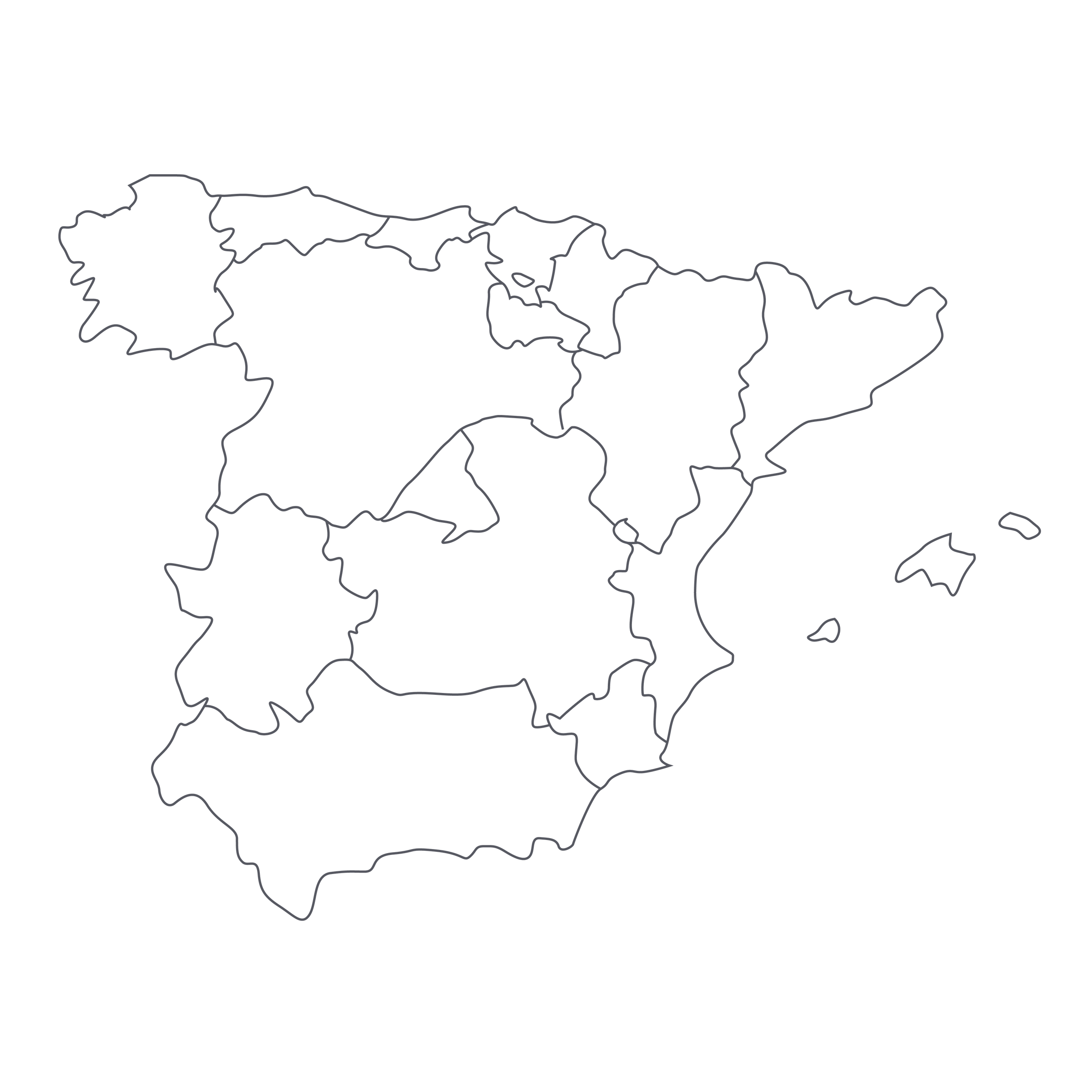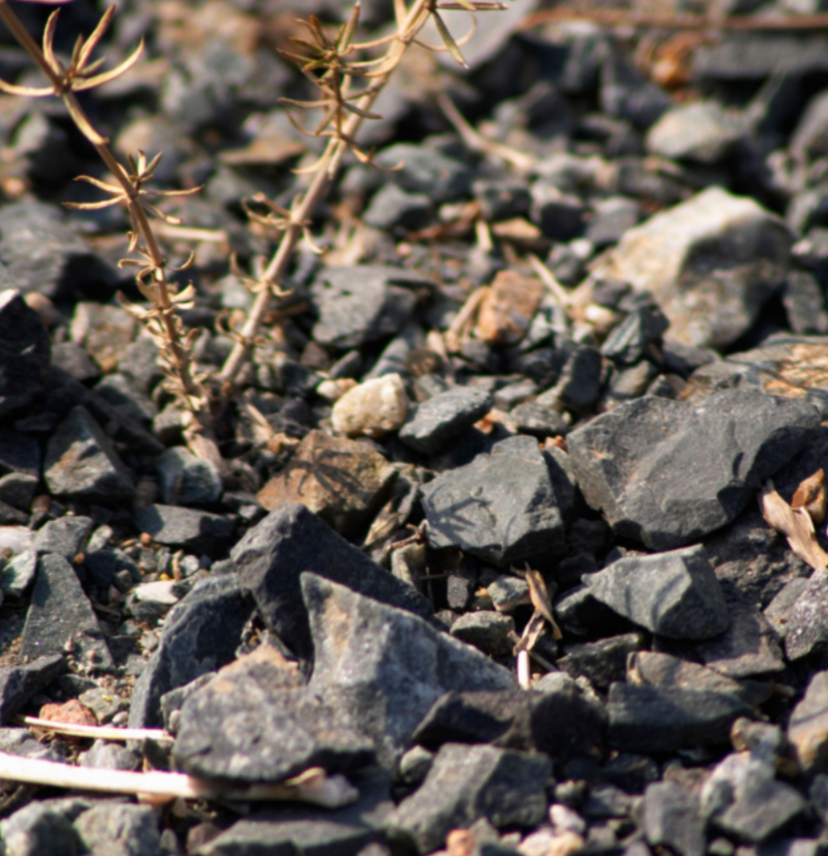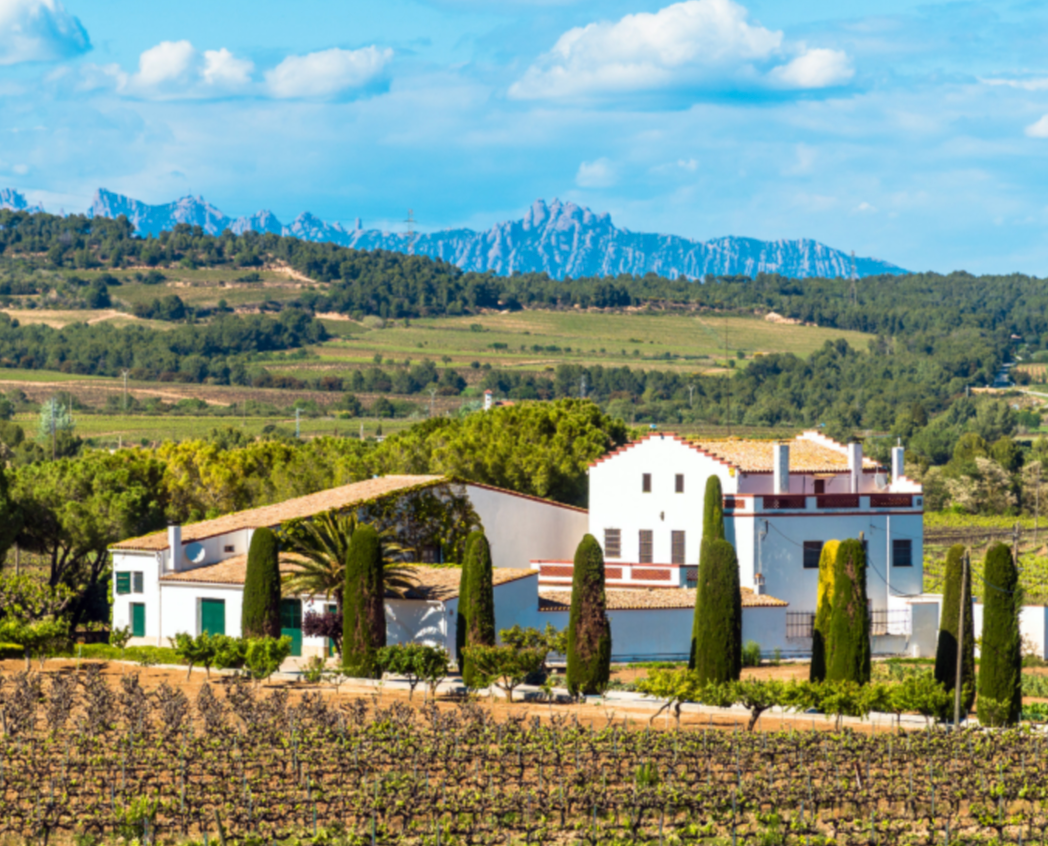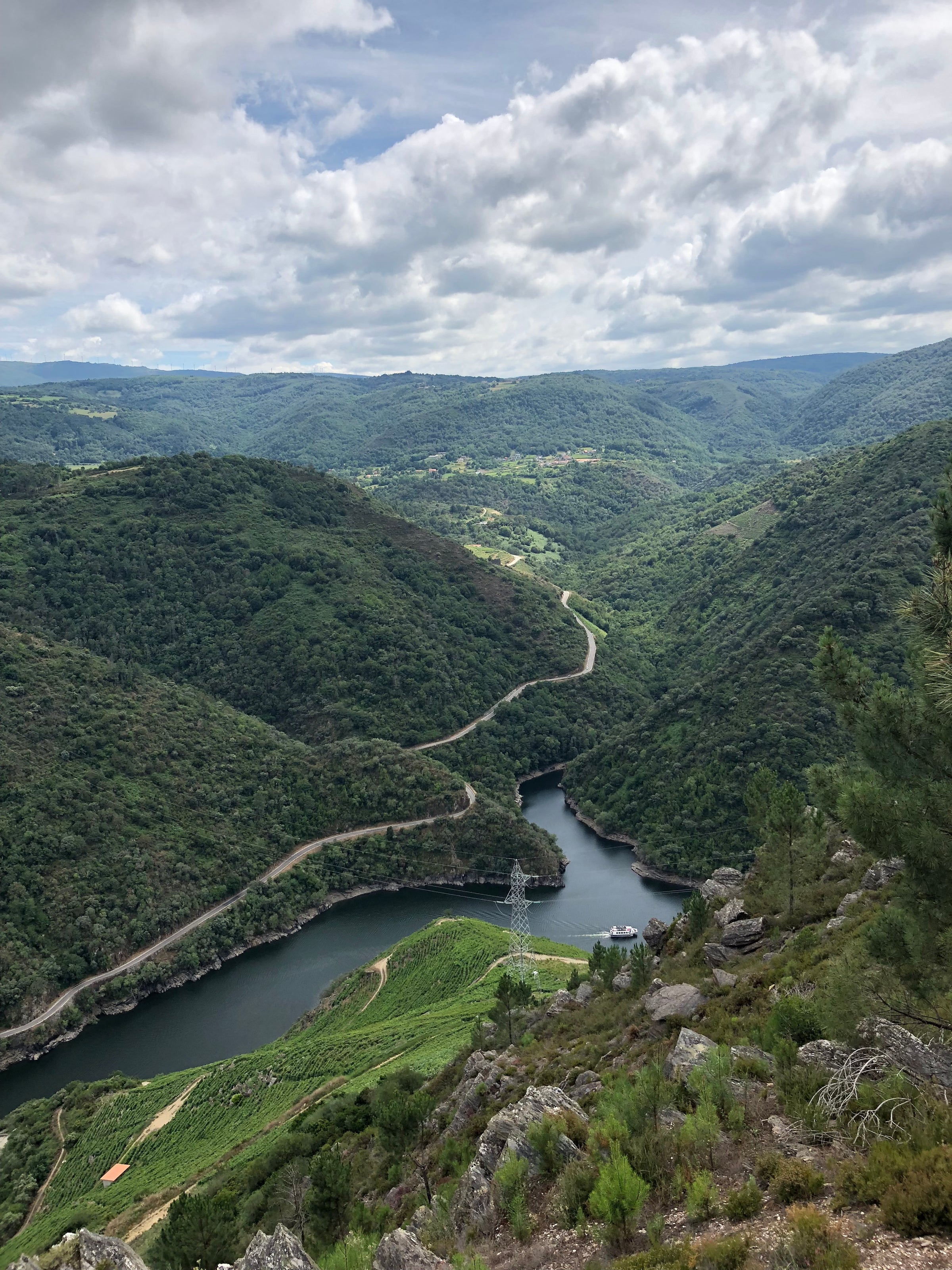Standing in one of Ribeira Sacra’s vineyards is a bit like perching on the edge of the world. Steeply terraced vineyards dating back to Roman times rocket up from the River Sil, which glitters like a length of ribbon hundreds of meters below.
The dizzying pitch is a clue as to why this region was abandoned by local viticulturists for generations: It’s just too much work to scale those slopes to make a wine that may go no further than a couple villages upriver. But thanks to Galicia’s growing popularity in a vastly diversified global market, young entrepreneurs are revitalizing the vineyards of their forefathers and making some world-changing wine in the process. Three such visionaries: Juan and Carlos Rodríguez and winemaker Fredi Torres. Our love of drinking Galician wines runs just as deep as these guys’ passion for making it, which is why we are so excited to introduce Silice Viticultores and their gorgeous Tinto 2016. I love Ribeira Sacra for its accessibility, its incredible versatility with food, its simultaneous tradition and innovation—and its often startling resemblance to Côte-Rôtie at a sharply reduced price. Silice is a superlative example of what the region and its distinctive Mencía grape have to offer, and if you haven’t yet tried Ribeira Sacra…at this price you no longer have an excuse!
The Silice Viticultores team looks more likely to cut an album than create some of Galicia’s most exciting wines. They’re noticeably hipper than what you might imagine when you think of ancient viticultural techniques. But Juan, Carlos, and Fredi have this in their blood. They grew up around Ribeira Sacra, running through the canyons and splashing in the river. Silice Viticultores is a commitment to remembering the pleasure of every wild moment enjoyed here, in the Ribeira, by both themselves and the generations of winemaking families before them. It’s pure emotion. The predominant grapes come from old Mencía vines. They bite deep into granite, schist, and slate to stop from sliding off the walls of the canyon. The climate is tempered by the proximity of the Atlantic coast; you’re barely two hours from the beaches of Northwest Spain.
The Viticultores seek the purest results from their old-vine (60-90 years) grapes. They’re using organic and biodynamic farming methods and traditional varieties—Mencía, Garnacha Tintorera, Albarello, Merenzao, Godello—harvesting by hand, and minimally intervening in the winery. Indigenous yeasts, whole-cluster fermentation, and a gentle maturation in a 4,000-liter foudre from Châteauneuf-du-Pape preserve the liveliness and purity of the wine. There are no additions or adjustments apart from a minuscule dose of sulfur at bottling. The three will admit it themselves: They’re a bit crazy and so their wine is a bit crazy. But it’s also crazy good.
The idea is to showcase the terroir of the Amandi area—full of savory ripeness. The 2016 vintage has got the same aromatic elegance and depth that draws people to Côte-Rotie. The best examples of Ribeira Sacra are so stylistically similar that I’ll mix them up in a blind tasting if I’m not looking out for it. The edges of the wine are a deep purple/magenta. Aromas are both sweet and smoky, with notes of Lapsang Suchong, macerated blackberries, and rich loamy earth. The first sip is concentrated but balanced. There’s a denser, wilder fruit component than in Côte-Rotie. It’s got mulberry, boysenberry, and wet violets with a long, fresh finish thanks to the Atlantic influence and altitude in combination. I’d recommend decanting for 30 minutes and serving at 60-65 degrees in either a Bordeaux or Burgundy stem; get creative. Food is important here, especially if you’re like me and drinking the wine this evening. Take a little inspiration from Galicia itself, maybe a rich stew of shredded pork, chorizo, white beans, and bitter greens. The wine will soften a little, peaking over the next five years. But trust me, it won’t stay in your cellar that long.





